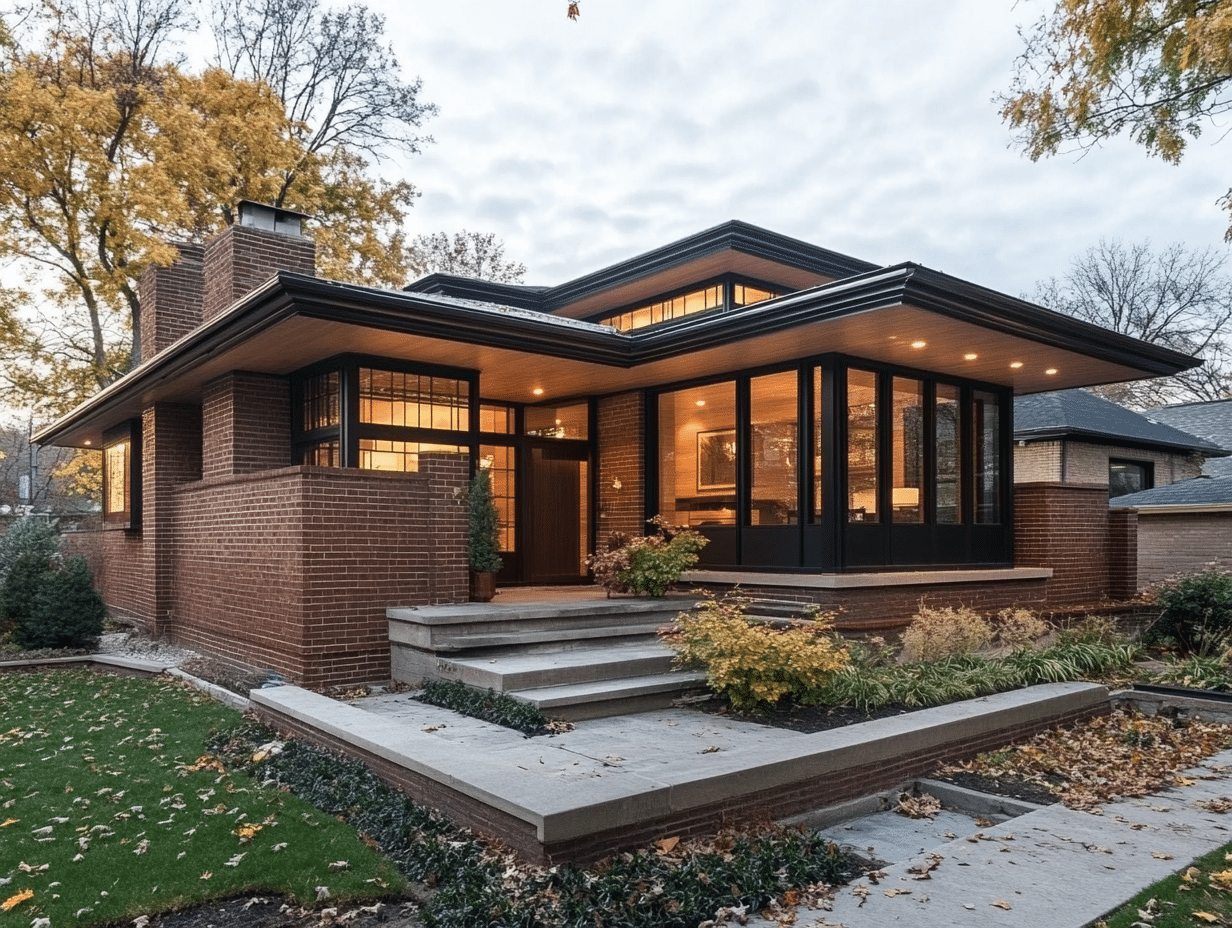
22 Sep What is Repointing Brick?
Brick structures are built to last, but they still need a little TLC every now and then. Proper maintenance of a brick house, for example, is an essential part of keeping its structural integrity. This adds many more years to its lifespan so that you can pass it on to the next generation.
A critical part of maintaining a brick building is repointing. It’s just like giving the facade of your brick structure a face lift, although the brick remains intact. Repointing will take out old, decaying mortar and replace it with new, fresh mortar.
What’s the Difference Between Brick Repointing and Tuckpointing?
Brick repointing is sometimes used synonymously with tuckpointing, but actually these two terms are different.
Brick repointing removes the old mortar and replaces it with the same material as before, while tuckpointing uses two different shades of mortar. The new mortar is patched over the old one without chiseling it or only on a shallower depth. Because of this, tuckpointing could result in a weak connection between the two layers of mortar or, worse, make mortar joints wider and more prone to moisture infiltration and water damage.
In short, whereas brick repointing focuses on structural integrity, tuckpointing is about achieving high-end aesthetics. So, in essence, brick repointing is a repair method but tuckpointing is cosmetic work.
Why Repoint Brick?
Repointing achieves three goals [The International Masonry Institute, 2015]: (1) It maintains the structural properties of the wall, (2) improves the appearance of the wall, and (3) forms weathertight joints. This means repointing allows you to update the brick and helps you avoid expensive repairs in the future.
Improve appearance
When bricks are exposed to the elements, it’s natural that they experience wear and tear. You’ll first notice this by how they look. You might see some type of mortar cracking, erosion, or deterioration. Mortar could also be crumbling or have voids.
Repointing removes these visual blemishes and puts in fresh mortar. So, it gives old bricks a fresh new look. It improves the curb appeal, which can increase the property’s value.
Maintain structural integrity
Looks are not everything, but they may be warning signs of something more serious. Cracking and deteriorating mortar joints can be symptoms of underlying structural issues, such as excessive settling, foundation failure, or structural movements. If left untreated, these problems could compromise the integrity of your brick structure.
Keep brick building watertight
Water damage is a huge issue with brick buildings, and deteriorating mortar can be an entryway of water into the brickwork. Fortunately, repointing is one of the most effective and permanent ways of keeping moisture out of your brick structure.
When to Repoint Brick?
In general, while bricks can last for over a hundred years, mortar joints typically only have a lifespan of more than 25 years. That is why it’s important to refresh or replace the mortar every 25 to 30 years or so.
However, how often you repoint bricks depends on several factors. The age of the house is one and so is the type of mortar used. You might need a shorter maintenance frequency—say, every 10 to 15 years—if your home is exposed to harsh weather conditions or if you DIY your brick repointing. In any case, you should consider if you need brick repointing as soon as you see mortar is loose, crumbling, missing, separating from bricks, or otherwise just starting to fail.
Some other signs your brick needs repointing include:
- Bricks have visible damage, crumbling, or flaking
- Signs of moisture, such as leaks inside your house, damp spots on bricks, or other visible water damage like efflorescence (dusty salt deposits from water)
- Previous repointing work was done poorly or mortar used was inappropriate, e.g., using modern cement instead of lime mortar
- Wash damage
It might also be a good idea to repoint your bricks if you have plans of repainting, staining, or acid washing them. Repointing will provide a good base for these and it will also help prevent repairs once you’re done with coloration.
Professional Vs. DIY Brick Repointing
Brick repointing isn’t a complicated job to do. In fact, you can surely do it yourself if you wanted to. You would only need common hand tools and at least 3 to 4 hours.
However, you’ll have to consider that it is labor-intensive work. In addition, for chimneys or walls located higher on your house, you’ll need to work on ladders or scaffolding. The riskiest part, though, is the structural damage you might inflict if you don’t do the work correctly.
That is why you might want to have professionals do it for you. Masons will have not only the tools necessary for the job but also the skills and expertise to do the brick repointing well.
How Much Does Brick Repointing Cost?
The cost to repoint brick depends on various factors, including the materials used, the area to be repointed, labor, mortar composition analysis, and power washing.
If you’re looking to do this yourself, that’s around $0.50 per square feet or about $50 to $75 for an area that’s 100 square feet (approximately 9 square meters), on average. If you’re looking to have masons to do the work for you, it will set you back $4 to $17 per square feet, on average. So, a brick repointing project will total to just below $500 and up to nearly $2,000 for 100 square feet (around 9 square meters), on average.
If you’re thinking, “Gosh, that’s expensive,” well, repointing brick requires a unique set of skills and expertise, one that you can only get through years and years of experience. The biggest challenge of this job is matching your mortar color and materials as exactly as possible.
In the end, though, brick repointing done right is worth it. You get an updated house with brickwork that looks good and can last for about three decades or more.
How to Find a Quality Brick Repointer
A mason who can do a good job of repointing brick doesn’t just come to you. You’ll need to seek them out. Here are some tips to keep in mind when looking for a brick repointer that’s best suited to your needs.
- Ask for recommendations from family, friends, colleagues, and other people you trust.
- Look for a professional or company with extensive experience and expertise in brick repointing, in particular.
Someone who meets this criteria should have a strong portfolio. You’ll be able to get a better sense of their work quality and process through it. They should also have positive testimonials and can give you references. Both are indicators of past success, which could mean they will also do a good job with your project.
- Read their website, social media profiles, and reviews online. You could also take a look at Better Business Bureau (BBB), Yelp, LinkedIn, and other review sites or search on Google for “name” “review” to check for any complaints or negative reviews.
- Get multiple bids by trimming down your choices to at least three contractors.
- Make sure they have all their licenses and insurance. The former ensures they’ve met the requirements and standards for operating in your location, and the latter protects you from liability against accidents or damages. In addition, ask them about their safety measures and how they comply with regulations.
- Find out their timeline. How long will it take for them to complete the job? Is it reasonable?
- inquire if after their work is complete, they will clean up. Otherwise, prepare for some extensive cleaning.
- Request a quote. You should also tackle the issue of cost and payment schedule before starting any work. Compare the rates of different contractors, and ask about any upfront payment requirement or if deferred payment is an option. Don’t forget about any additional fees and charges too.
- Last but not least, only work with a contractor that has a clear and detailed contract. Make sure your written agreement includes the bid, an itemized cost of materials and labor, timeline and completion date, and payment options and terms. A contract sets expectations and helps you avoid any misunderstanding.


No Comments